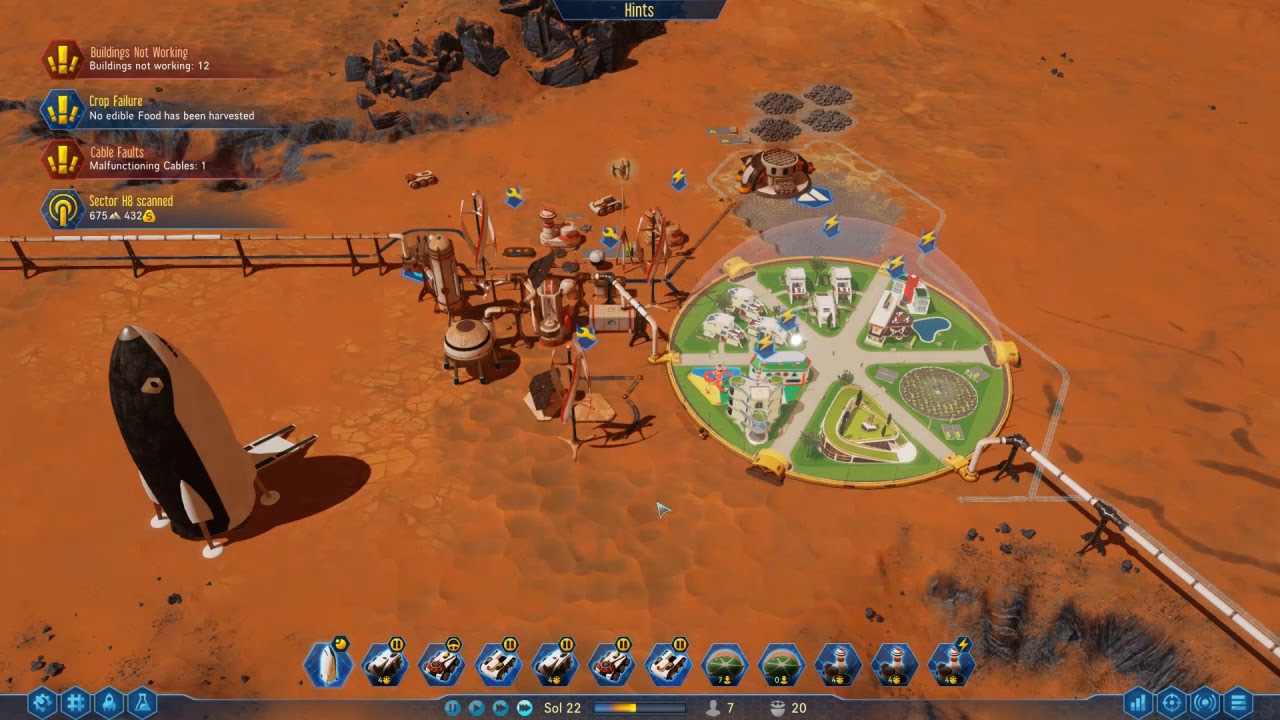

This is understandably frustrating to players who see the potential value of this DLC reduced by a lack of functionality. However, despite the purpose of trains as an early alternative to shuttles, because they cannot change elevation it leaves shuttles the only real way to set up a transport network between different heights.

Ramps and tunnels can be built for rover access, but shifting colonists between domes at different heights is a massive hassle prior to unlocking Surviving Mars' shuttles. Most relatively flat maps of Surviving Mars still have multiple peaks and valleys, which makes building on different altitudes difficult. However, while trains work well enough on flat surfaces, they are incapable of changing elevation. This is especially useful in underground maps where moving Martian colonists between domes can prove difficult in narrow tunnels. Trains can solve this tedious and costly problem by allowing workers to extend the distance they can travel, carrying both colonists and cargo between domes or directly to a worksite outside the domes' radius. This often results in resources being spent to build new domes with new services just to reach a distant deposit of vital metals. There are also out-of-dome buildings like metals extractors that must be operated by colonists, thus being close enough to domes to get accessed safely.

Domes can be connected via passages, allowing colonists to use services outside their home dome, bringing the game up-to-par with similar city-building games that require clever management. In Surviving Mars, the player's colonists live within massive domes that contain their homes, workplaces, and services.


 0 kommentar(er)
0 kommentar(er)
